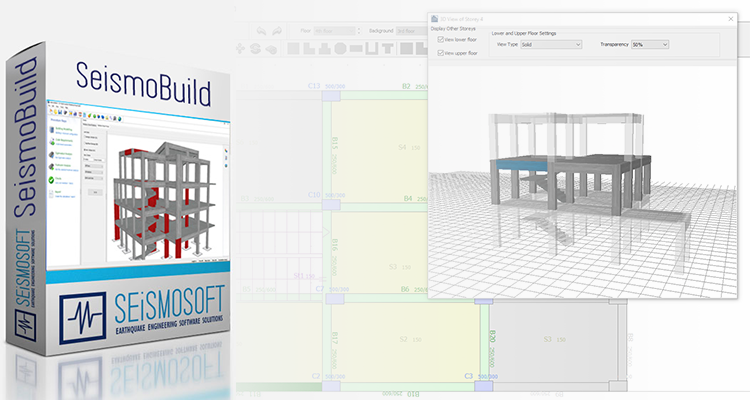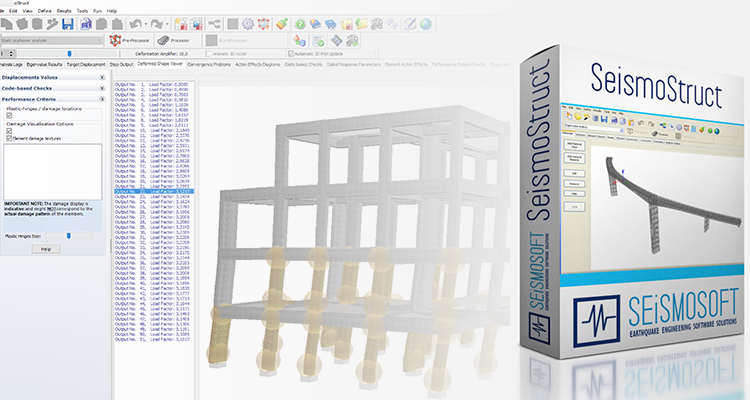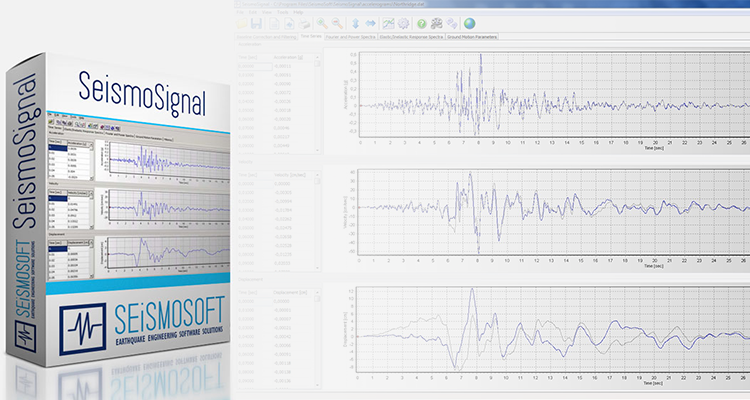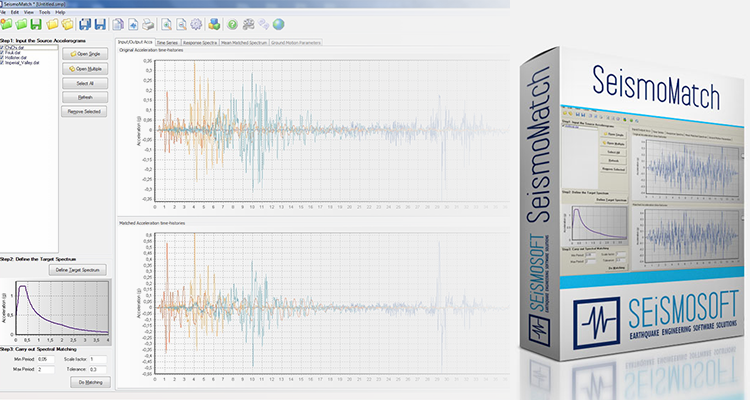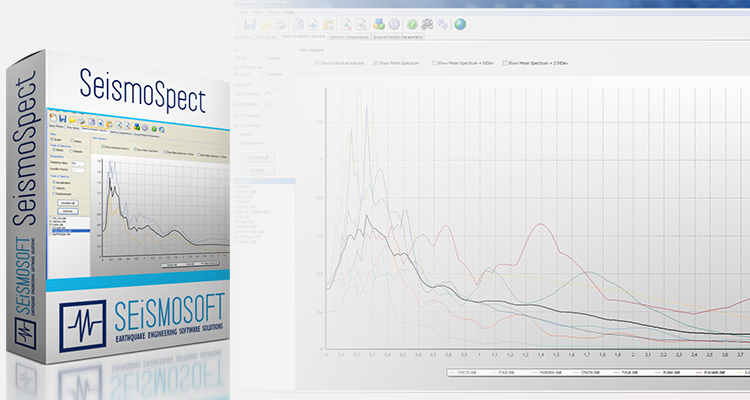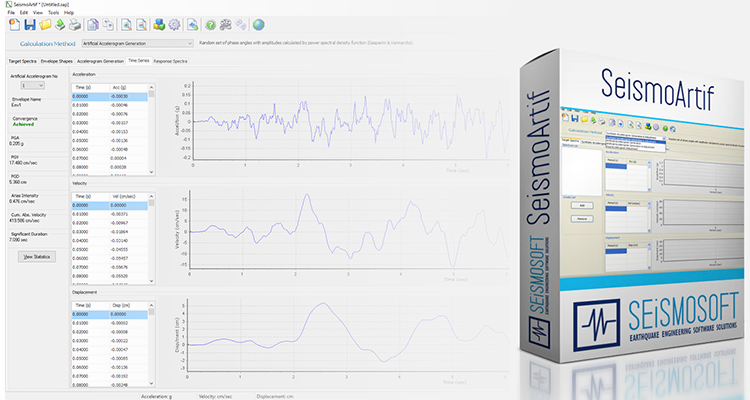Dynamis has partnered with Seismosoft, a leading distributor of earthquake engineering software solutions. Founded in 2002, Seismosoft aims to provide the earthquake engineering community with access to powerful, state-of-the-art analytical tools, focusing not just on technical advancement but also ensuring ease-of-use.
SeismoBuild
SeismoBuild is a Finite Element software that was designed specifically for seismic assessment and strengthening of reinforced concrete structures. It is unique in that it is the only civil engineering software in the world wholly dedicated to structural assessment and retrofitting.
SeismoStruct
SeismoStruct, an award-winning Finite Element software, is capable of predicting the displacement behavior of space frames under static or dynamic loading, taking into consideration both geometric nonlinearities and material inelasticity. Like SeismoBuild, it is also a software for structural assessment and structural retrofitting, and has been rigorously quality-checked, validated and verified.
SeismoSignal
SeismoSignal is a user-friendly visual interface that allows users to easily and efficiently process strong-motion data. It is capable of deriving strong-motion parameters, and is able to read accelerograms saved in various text file formats, which can then be filtered and baseline-corrected.
SeismoMatch
SeismoMatch is an application to match earthquake accelerograms to a specific target response spectrum. Users load accelerograms and define target spectral response, and then determine spectral matching algorithm, adjust spectral matching period range, and set required tolerance; from there, spectral matching is executed.
SeismoSpect
SeismoSpect is a user-friendly platform created for signal processing, allowing for the creation of a personal library of ground motion records and then the ability to save them into a single file. This then makes handling and sharing a significant number of records easy and efficient.
SeismoArtif
SeismoArtif is a software that allows users to generate artificial accelerograms matched to a specific target response spectrum using different calculation methods and varied assumptions. This is particularly useful in cases where access to real accelerograms is challenging or inappropriate.



